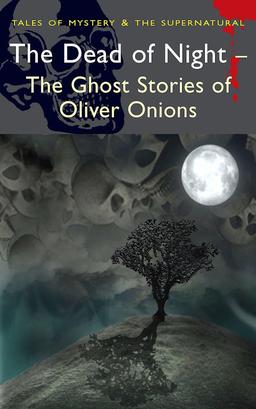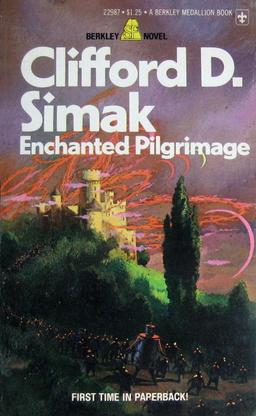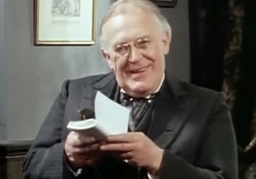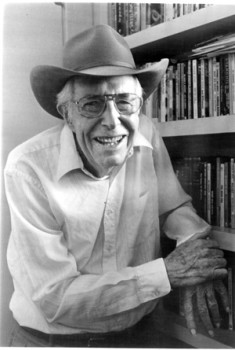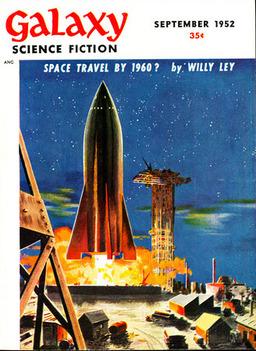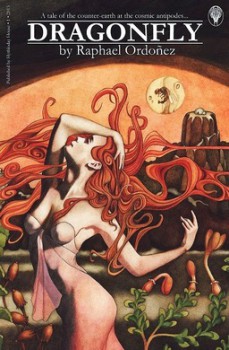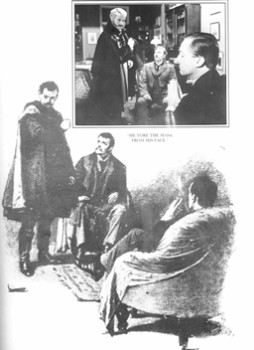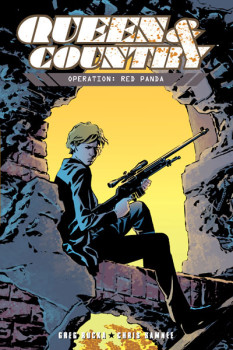Fletcher Vredenburgh’s Simakpalooza!
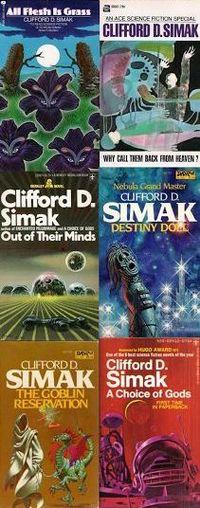 I don’t have time to read many other blogs. I barely have time to read this one, what with all the time I spend reading, and writing, and telling my wife how awesome Mad Max: Fury Road is. Seriously honey, sooo awesome. I wish I got to ride in the desert, and take a giant chain elevator to work every day. Is there a word for when you envy the baddass folks who live in an apocalyptic dystopia? There should be such a word. And I bet that word would be awesome.
I don’t have time to read many other blogs. I barely have time to read this one, what with all the time I spend reading, and writing, and telling my wife how awesome Mad Max: Fury Road is. Seriously honey, sooo awesome. I wish I got to ride in the desert, and take a giant chain elevator to work every day. Is there a word for when you envy the baddass folks who live in an apocalyptic dystopia? There should be such a word. And I bet that word would be awesome.
Anyway, I appreciate those moments when I get to read blogs written by other folks. Especially when they’re folks like Fletcher Vredenburgh, and especially especially when they look at one of my favorite writers, as Fletcher did this week with his Simakpalooza! (Is there a word for when you envy a writer who makes up a word? There should be such a word.) Here’s a sample:
I’m not sure what the first story I read by Clifford Simak was, but the first I remember is “Desertion.” It’s part of the book he’s probably most famous for, City. The novel is a mournful farewell to humanity and Earth and stars robot butlers and talking dogs… There’s a tremendous sense of wonder in the tale as the nature of what’s going on is revealed. I think of it as the story that showed me the true potential of sci-fi…
Sadly, Clifford Simak seems to have slipped into the ranks of the unjustly forgotten sci-fi writers of the past. Growing up, he was just part of the general fabric of sci-fi [for me], and most fellow sci-fi fans I knew had read at least something by him…
It’s been a long time since I’ve read anything by Simak. John O’Neill’s post about The Goblin Reservation and the comments reminded me how much I loved his work. There’s a warmth and comfortableness to his stories that I love.
Fletcher created an impressive tapestry of images from 17 Simak paperbacks to accompany his article (a tiny snippet is at right). Read the whole thing here.
